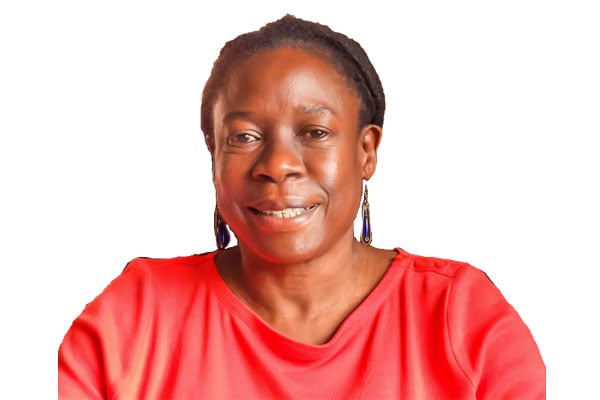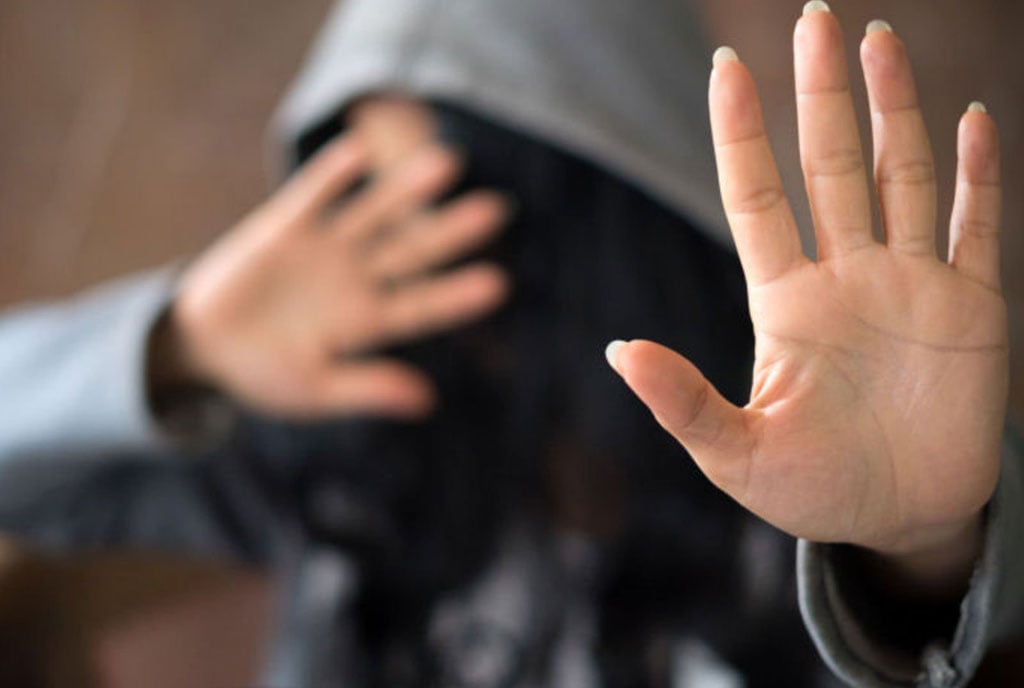Prime
Why do we make Gender Based Violence about women and girls?

Atuki Turner
What you need to know:
- ... making GBV about women is not about sidelining the experiences of men and boys but rather acknowledging the gravity of the situation faced by women and girls.
As the 16 days of activism to end Gender-Based Violence (GBV) unfold, the urgency to address this pervasive issue remains ever-present.
In response to a recent article questioning why the dialogue on GBV predominantly centers around women and girls, it is essential to offer clarity on the profound reasons behind this focus.
Gender-based violence is indeed a multifaceted challenge, impacting individuals across the globe, including men and boys. However, the statistical landscape paints a compelling picture that demands attention.
The Uganda Bureau of Statistics reports a staggering 68 percent rate of gender-based violence affecting women in Uganda, surpassing the international average of 28-33 percent. These figures underscore the critical need to prioritize the experiences of women and girls in the conversation surrounding GBV.
The Uganda Demographic and Health Survey 2016 reveals that 49% of women aged 15-49 in Uganda accept justifications for husband-inflicted violence. This alarming statistic unveils a distressing acceptance of violence within societal norms, creating an environment where women are more vulnerable to abuse. To address this, campaigns often direct their efforts towards dismantling harmful practices deeply ingrained in cultural traditions, such as bride price and polygamy.
While acknowledging that men and boys also endure violence based on their gender, the concentration on women and girls is not an attempt to negate or belittle the experiences of male victims. Rather, it reflects a stark acknowledgment of the systemic inequalities and vulnerabilities faced by women.
MIFUMI, as a grassroots women’s rights agency, has been at the forefront of combating GBV and its cultural drivers. Over the years, our work has shed light on the interplay of cultural norms, including bride price and polygamy, significantly contributing to the heightened vulnerability of women and girls. These practices, deeply rooted in tradition, perpetuate harmful power dynamics and increase the risk of violence against them.
The UN Women campaigns focusing on ending violence against women and girls recognize the reality that, globally, a disproportionate number of women and girls suffer from gender-based violence. This focus does not intend to erase the stories of male victims; rather, it emphasizes the urgent need to address the alarming prevalence of violence against women and girls.
Efforts to curb GBV must be informed by the distinct forms of violence faced by women, including dowry-related abuse, forced and early child marriages, female genital mutilation and honor killings. By understanding and addressing these unique challenges, tailored interventions can be crafted to provide effective support for survivors and prevent further harm.
In conclusion, making GBV about women is not about sidelining the experiences of men and boys but rather acknowledging the gravity of the situation faced by women and girls.
It is a call to action for comprehensive societal changes, challenging cultural norms, advocating for policy reforms, and fostering educational initiatives that promote gender equality. By centering the conversation on women, we aim for a future where every individual, regardless of gender, can live free from fear and violence.
Dr. Atuki Turner,Executive Director, MIFUMI, [email protected]




